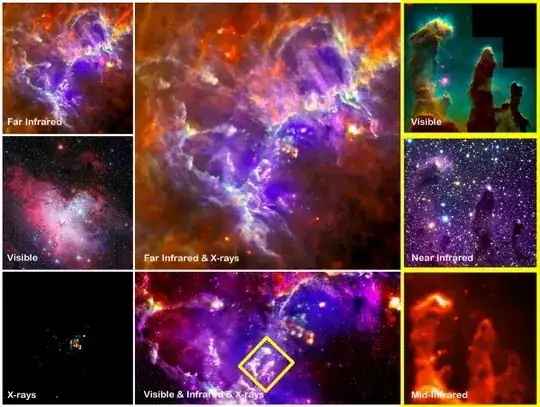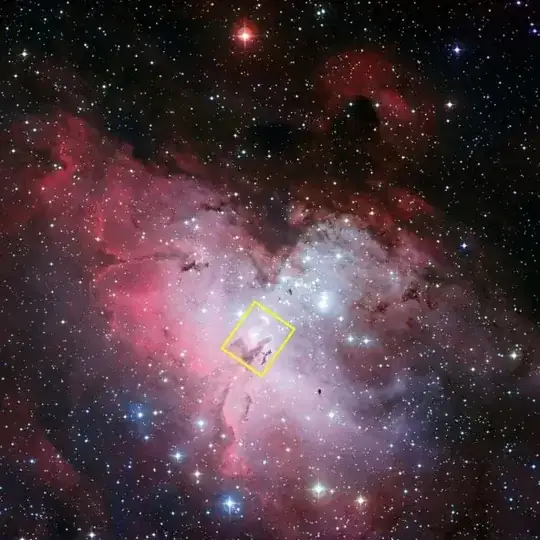The pictures of nebulae are always depicted as vividly colored and with a great variety of colors:
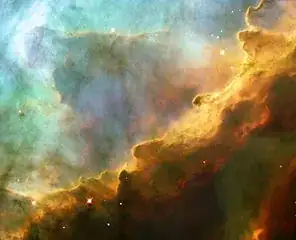 Source
Source
Omega nebula
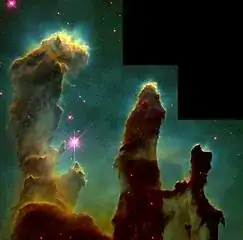 Source
Source
Eagle nebula pillars
According to the English wikipedia article on nebulae, under the section Formation, «as the material collapses under its own weight, massive stars may form in the center, and their ultraviolet radiation ionizes the surrounding gas, making it visible at optical wavelengths.»
This means that we can see the nebulae, but not whether we see them colored or not.
Furthermore, in this article on Wired.com, there is a photograph of the Omega Nebula, which states: «Looking more like a painting than an astronomy photograph, the Omega nebula glows with vivid colors in this new image from the European Southern Observatory’s Very Large Telescope. [...] The heart of the Omega nebula contains roughly 35 stars, the hottest of which spew out ultraviolet radiation that causes the surrounding hydrogen gas to glow red and pink.»
On another site, seasky.org, the article states: «They are also among the most beautiful objects in the universe, glowing with rich colors and swirls of light. Stars inside these clouds of gas cause them to glow with beautiful reds, blues, and greens.»
What I want to know is: if we could observe directly these nebulae, either by telescope or with our own eyes, would they appear like this? If not, how?

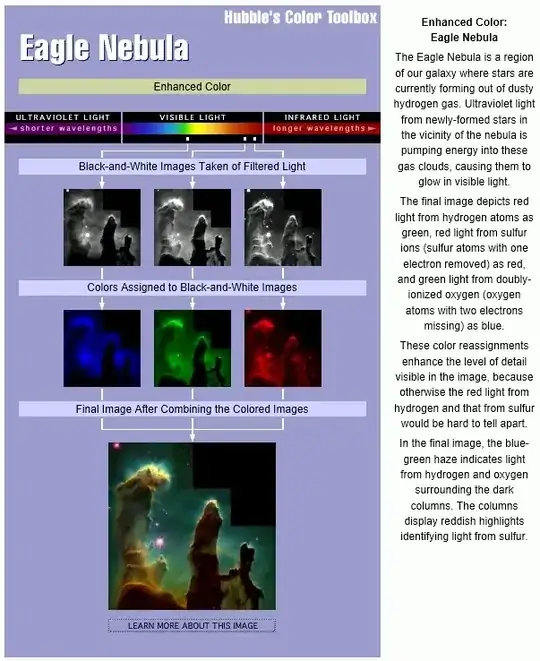
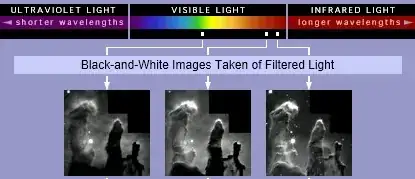
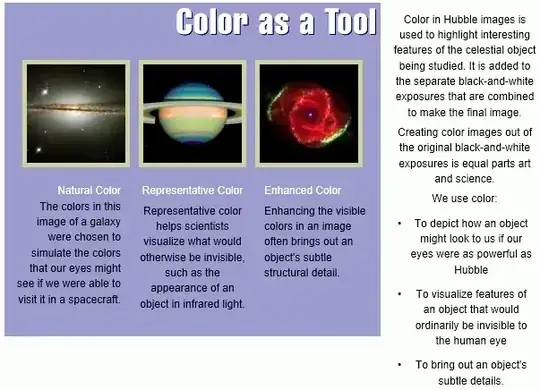
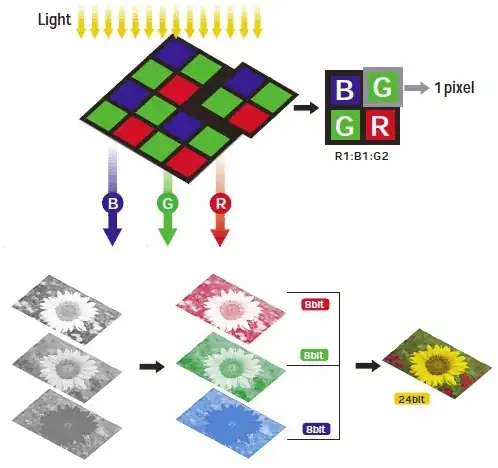
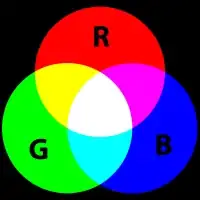 [
[
